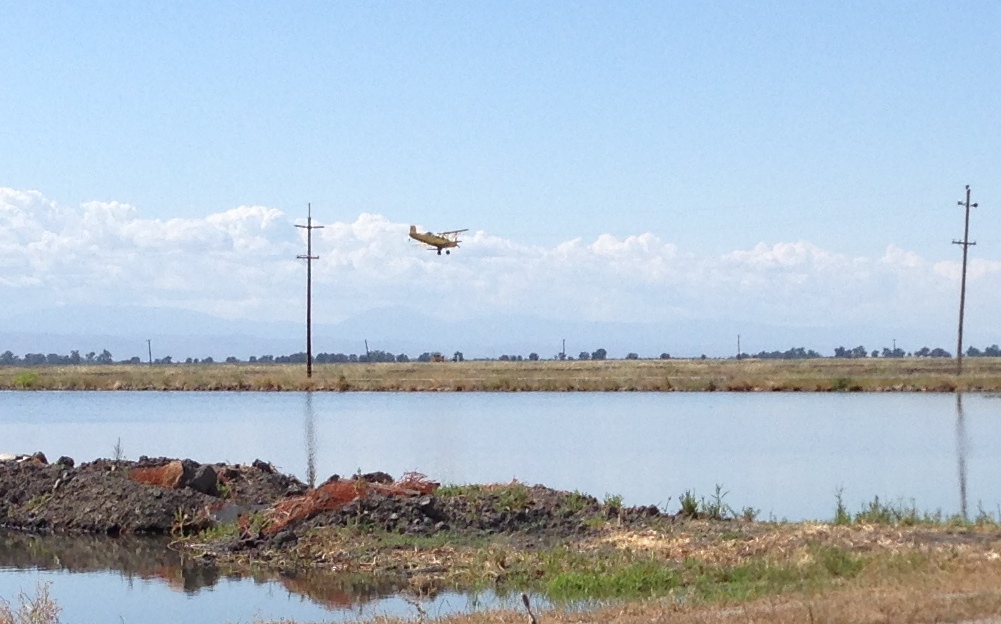Background
Recently we've had some success with taking a network approach for studying microbial consortia. This has been accomplished by using the variation in microbial abundance between rhizocompartments, field sites, and cultivation practice. We found consortia of OTUs belonging to taxonomies with the potential for metabolism of methane (we found taxonomies involved in methane formation, oxidation, and sytrophs in the same modules of the larger network).
Our networks were formed by using information captured at one time point. Perhaps what is more interesting is to form these networks under a timecourse framework. With this method, we can monitor how methanogens, methanotrophs, and syntrophs exist in and around the roots through time. There is solid evidence that methane emissions from rice paddies increases sharply when the rice plants are flowering. Will we see methane cycling consortia mimicking this pattern?
Questions being addressed
This is one of the many questions that I'm trying to address with a field based experiment where we are sampling from a rice field in Arbuckle, CA. There are also other interesting factors that we can study with this experiment. For instance, we can see how rice developmental stage effects the root-associated microbiome and how different agricultural based ammendments can change the microbiome on a week to week basis. The farmer periodically applies herbicide and nitrogen ammendments to the soil.
It would be ideal if we could do this with multiple fields to get solid correlations between for treatments, developmental stage, etc. Unfortunately we do not have enough man power at the time to do collections everyweek from multiple sites across the central valley.
So what we're left with is giant field. Thankfully the farmer only wanted us to sample from one corner of the field, so we're not stomping all over his plants. This made our experimental layout easier; but if I were left to my own devices we would have stomped all around that field.
When we got there, they were seeding the field by plane. In case you didn't know, many Californian rice fields are seeded by airplane. They soak the seeds in water for 24 hours prior to seeding and then spray them out of the back of an airplane. The soaking of the seeds ensures that they sink to the bottom of the flooded paddy and they don't just float to one corner of the field.

Because they had just seeded the field that day and there were no roots to sample we decided to just sample the soil, take it back to the lab, and extract the DNA to get a good idea of the starting microbial pool.